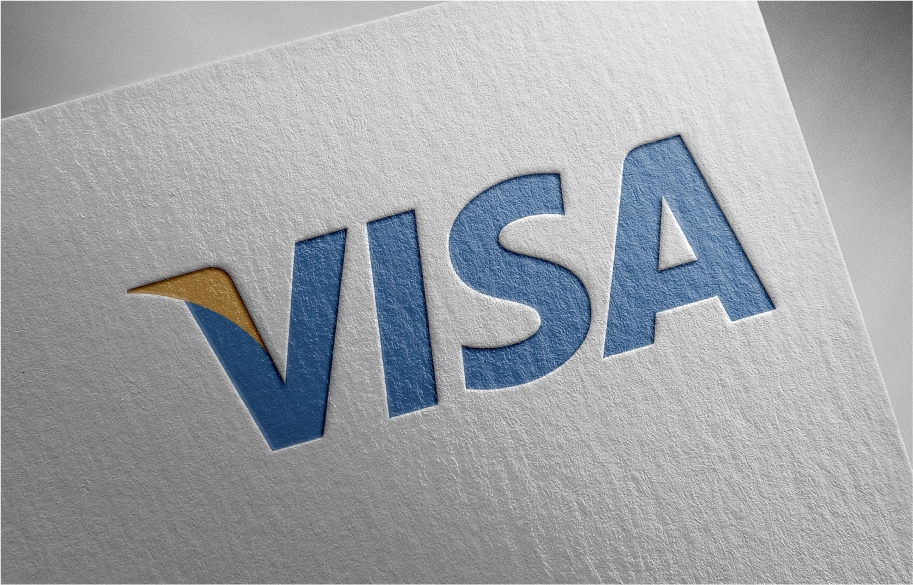In the world of electronic financial transactions, the recent announcement regarding the Visa and Mastercard fee increase has captured significant attention. As payment giants, Visa and Mastercard have long set the benchmark for facilitating global funds transfers. With their expansive influence and pivotal role, any changes in their fee structures are bound to have wide-reaching implications.
The Context Behind the Visa Mastercard Fee Increase
In recent times, the global payment processing landscape has seen significant shifts. Dominant players like Visa and Mastercard are at the forefront of these changes, with reports emerging about their plans to adjust fees.
Recent Announcements and Indications
Leading news outlets, including The Wall Street Journal, have reported on potential fee hikes by both Visa and Mastercard. While these reports have been based on sources familiar with the matter and various industry documents, the exact details and the full scope of the fee changes remain a topic of discussion.
Response From Visa
Challenging misconceptions, Visa highlighted their consistent interchange fees over the past decade despite a 180% surge in Visa payment volume since 2012. Visa’s recent initiatives have predominantly focused on aiding small U.S. businesses, including a 10% interchange fee reduction for 90% of these enterprises. View their response here.
The Proposed Timeline for Visa MC Fee Increase
The proposed timeline for these fee adjustments seems to be split into two phases: one set to begin in October and the next in April. The precise dates and the specific percentages of these hikes are still under wraps, but there’s a palpable buzz in the industry about how this might affect online transactions in particular.
Stakeholder Reactions
The response to these reports has been mixed. Some industry insiders believe this could mean an additional expense of up to $502 million annually for merchants. Conversely, Mastercard has addressed some of these claims, with their spokesperson emphasizing that certain aspects of the Wall Street Journal’s report weren’t accurate, particularly concerning changes to Mastercard’s interchange rates.
The Specifics of the Increase
The looming fee adjustments from Visa and Mastercard are more than just headline-grabbing news. When we take a closer look, the intricacies of these proposed changes reveal insights into the priorities and strategies of these payment giants. Here’s what every merchant, especially small to medium-sized business owners, should understand about the potential changes on the horizon.
The Role of Interchange Fees
Interchange fees, colloquially known as “swipe fees,” are like toll charges on the highway of electronic transactions. Every time a consumer uses their credit card, merchants are levied a fee, which then goes to the card-issuing bank. It’s a system that has been in place for years, designed to offset some of the costs associated with card processing, including fraud prevention.
But here’s where it gets interesting. The recent reports suggest that Visa and Mastercard are looking to modify the very structure of these fees. While the exact amounts remain to be seen, an upward adjustment could mean an added expenditure of roughly $502 million annually for merchants, according to consulting firm CMSPI.
What’s more, the split of these additional fees appears to be twofold: one portion is directed towards network fees – the charges that go directly to companies like Visa and Mastercard. The other half is all about those interchange or “swipe” fees, destined for the banks issuing the cards.
In simpler terms? If you’re a merchant, the cost of letting your customers “swipe” might just get pricier.
The Impact Visa Mastercard Fee Increase has on Online Purchases
E-commerce has revolutionized retail, and clearly, Visa and Mastercard are attuned to this shift. A pivotal revelation from the disclosed details is the pronounced focus of the fee hike on online sales.
Why is this significant? As the global populace increasingly leans into online shopping, businesses have evolved in tandem – pumping resources into digital platforms, ensuring safe transaction avenues, and the like. With the Visa Mastercard fee increase, the overheads for online transactions might witness a marked rise, especially for businesses deeply anchored in the e-commerce realm.
In today’s age, where virtual checkout counters rival their brick-and-mortar counterparts in ubiquity, this move by Visa and Mastercard underscores commerce’s ever-evolving nature. Merchants, more so those vested in e-commerce, should brace for these changes – be it reassessing pricing models or exploring alternate payment gateways.
To sum it up, the Visa Mastercard fee increase isn’t a mere financial update. It’s indicative of a commerce landscape in flux, with ramifications potentially affecting the entire digital retail domain. Being informed is half the battle – understanding these impending shifts enables businesses to strategize and sail smoothly in these changing waters.

Potential Impact on Merchants Due to the Visa Mastercard Fee Increase
Cost Implications for SMEs
For small to medium-sized enterprises (SMEs), operational costs are the lifeline that directly affects profitability. Any change, however marginal, can disrupt their financial equilibrium. With the looming Visa Mastercard fee increase, merchants are staring at potential amplification in these operational costs. What this means is that SMEs might experience additional pressure on their already-thin profit margins, making the delicate balancing act of maintaining profitability and competitive pricing even more challenging.
Swift Senate Response to Visa and Mastercard Fee Hike
This clip, title, and description were not created by C-SPAN.
Decision Crossroad
The incoming Visa Mastercard fee increase pushes every merchant to a decision point. The dilemma is clear: Should they absorb these mounting costs or recalibrate their pricing structures to share the burden with their clientele?
Absorbing the costs
On the one hand, retaining the current pricing might help in customer retention and trust-building. It sends a message of stability and care, especially in volatile financial times. However, it also means the business might have to shave off a part of its profit or even run some operations at a loss.
Passing on to the customer:
Conversely, surcharging, cash discounting or adjusting prices to reflect the Visa Mastercard fee increase might make more financial sense. Yet, this route isn’t devoid of challenges. With increased prices, there’s a risk of alienating a customer base, especially those highly price-sensitive. Moreover, businesses will have to invest in effective communication strategies to elucidate the reasons behind such a hike, ensuring customers don’t feel blindsided
Rethinking Business Strategies
The Visa Mastercard fee increase might be the nudge many merchants need to reevaluate their business models. Exploring alternative payment methods, optimizing operational costs, or even renegotiating terms with suppliers might be on the table. Essentially, this fee increase is more than just an added expense; it’s a catalyst for strategic rethinking.
Implications for Online Retailers
Given that a significant portion of the Visa Mastercard fee increase targets online transactions, e-commerce platforms and digital storefronts stand at a unique juncture. The hike underscores the need to optimize the online shopping experience further – be it by streamlining checkout processes, offering diverse payment gateways, or even venturing into loyalty programs that offer cashbacks or discounts, offsetting some of the increased costs.
Final Thoughts on the Visa Mastercard Fee Increase
The Visa Mastercard fee increase isn’t merely a financial development; it’s a testament to the evolving landscape of commerce, both online and offline. While it presents its share of challenges, it also provides an opportunity. An opportunity for businesses to innovate, recalibrate, and emerge more resilient in the face of change. After all, adaptability is the cornerstone of enduring success in the world of business.






